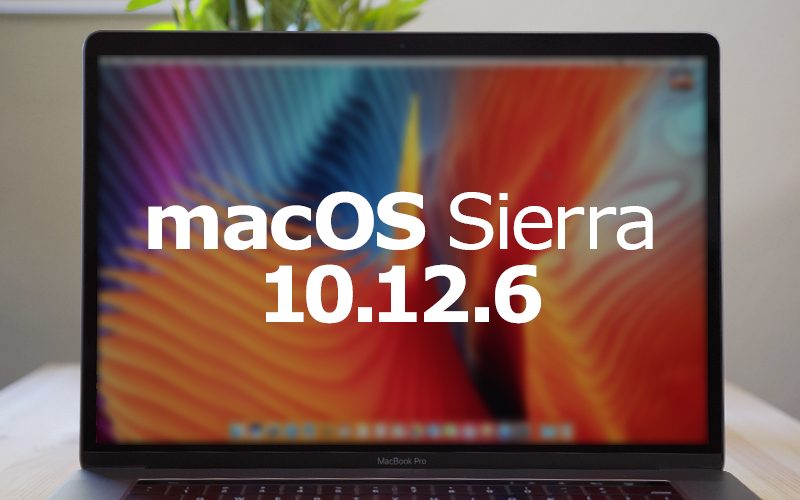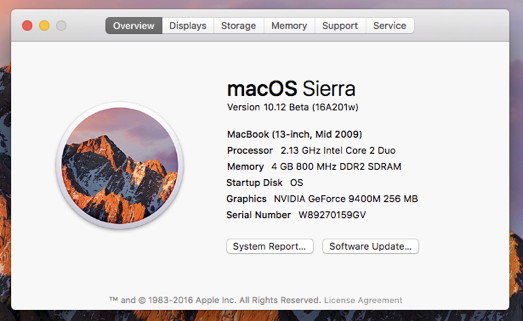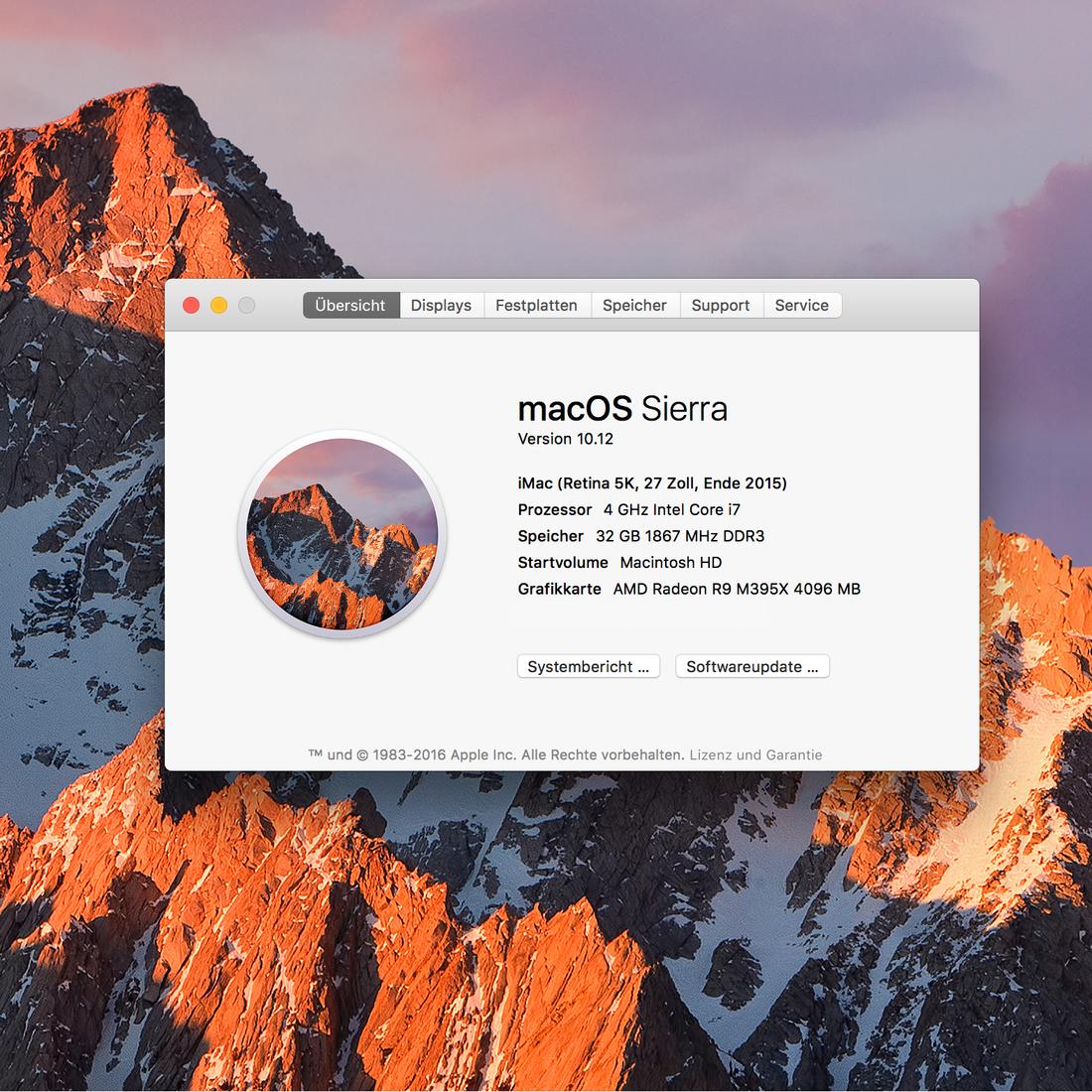
Select any Safari-specific updates (if available) and select Install Now. Wait for a moment while your Mac scans for new software updates. Open the Apple menu and select System Preferences. If you use Safari on a Mac running macOS 10.14 Mojave or later, you must update Safari using the Software Update tool. Browse and transfer files between your Mac computer and your Android device.
Updates for mac os sierra how to#
Related: A Complete Guide to Updating Your Mac's Software How to Update Safari in macOS Mojave and Later First, you have to go to the Mac OS Sierra page on the Apple website. Visiting from MacOS 10.7.5 or a later version is free, and very easy. The other way is for those who are running an older version of OS X, such as OS X Leopard or OS X Snow Leopard. But you can still apply the latest minor updates for older Safari versions regardless. There are 2 ways to go about getting MacOS Sierra- one is a direct upgrade for those use OSX Lion 10.7.5 or later.

Still, it's a good idea to install any non-Safari updates as well-when you have the time-to improve the stability of other native apps and the operating system in general.Īdditionally, it's not possible to upgrade Safari to the most recent version unless you use a relatively new version of macOS.įor example, you can't experience the best new Safari features if you don't have macOS Mojave, Catalina, or Big Sur installed on your Mac. But rather than installing everything, you can choose to apply updates only related to Safari. New Safari releases come bundled in with a Mac's regular operating system updates.

Let's figure out what you need to do to update Safari on a Mac. The latest Safari updates come with not only feature enhancements but also critical bug fixes and security patches.

To get the best possible experience, however, you must keep Apple's native web browser up to date. If privacy, performance, and power-efficiency matter while browsing online, then you have no reason to use anything other than Safari on the Mac.


 0 kommentar(er)
0 kommentar(er)
